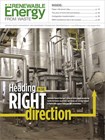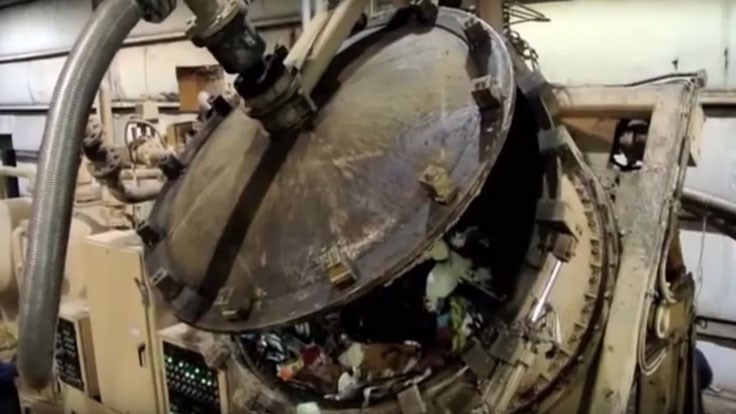Waste Management Inc. (WM), Houston, may be one of the largest and most well-established waste and recycling companies in the U.S., but one of its top managers readily admitted that the company is not too old or too big to learn.
In a presentation at the Solid Waste Association of North America (SWANA) 2012 WasteCon event near Washington, D.C., in August, William Caesar, president of Waste Management Recycle America, said when it comes to waste-to-energy technologies, “Our intention is to learn . . . and then commercialize that technology [where] it makes sense.”
The company has made investments in more than a half-dozen waste conversion technology companies. Caesar said WM believes it is “advantageous to place a series of small bets instead of one big bet” in the waste-to-energy market.
Among the conversion technology companies in which WM has invested are:
- Enerkem, a thermo-chemical fuels and energy producer based in Montreal;
- Fulcrum Energy, a waste-to-transportation fuel technology provider based in Pleasanton, Calif.;
- Genomatica, a San Diego-based company with technology to convert waste to marketable chemicals;
- Harvest Power, Waltham, Mass., a producer of anaerobic digestion and composting systems;
- Agilyx, Beaverton, Ore., a maker of plastic scrap-to-fuel systems; and
- InEnTec, a plasma arc gasification equipment maker based in Bend, Ore.
Caesar indicated the portfolio of investments—as well as joint ventures with energy companies such as Valero, Total and Linde Gas—are helping WM spread out its waste-to-energy efforts to include several conversion technologies.
As the operator of 266 active landfills and the owner of closed landfills, WM also has been focusing on landfill gas-to-energy systems. When it comes to traditional mass-burn waste-to-energy plants, in which WM has a presence at 17 locations through its Wheelabrator subsidiary, Caesar said, “All things being equal, I think we’ll see less incineration [in the future] because there will be technologies that will be less expensive and bring more value.”
Caesar also remarked on WM’s ongoing investment in materials recycling, including its operation of 95 material recovery facilities (MRFs) and a considerable recycling collection fleet.
He described himself as “a proponent of single-stream,” but when asked indicated that he did not necessarily see an evolution toward mixed waste processing facilities, or “dirty MRFs.” Caesar said, “There is still value in that first separation. Somebody pays me for that relatively clean commodity. I would rather maintain two truck routes because of the value of this relatively clean material.” Referring to additional source separation, Caesar added, “I don’t want to go to nine trucks, but I’ll keep two.”
The 2012 SWANA WasteCon event was held Aug. 14-16 at the Gaylord National Resort & Convention Center in Oxon Hill, Md.



